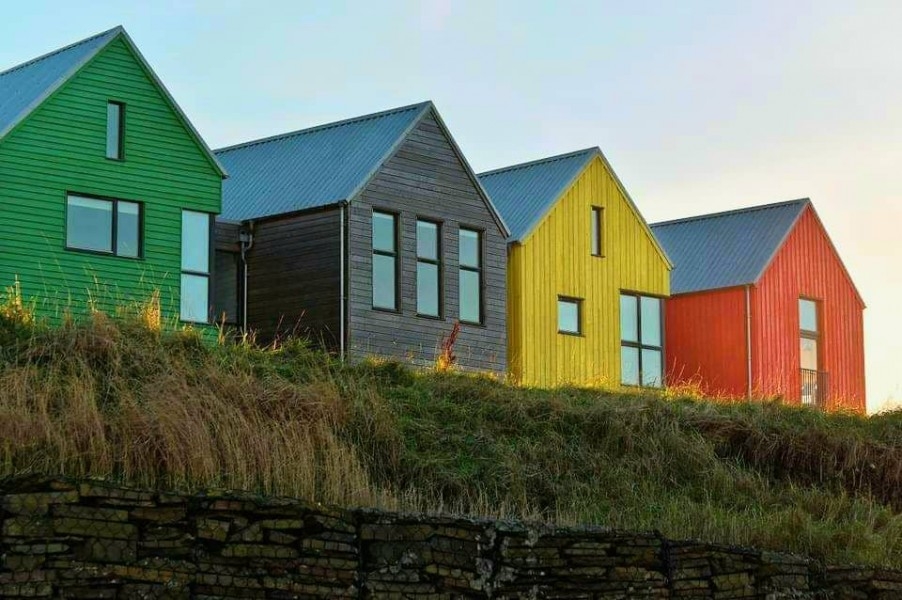 Photo: Pixabay
Photo: PixabayBuilding new urban homes from wood, instead of concrete and steel, could contribute 10 percent to the goal of limiting the rise in average global temperatures to two degrees Celsius by the end of the century.
Such an undertaking would require 149 million hectares of new tree plantings, but this should not affect the reduction of agricultural holdings, according to a study by the Institute for Research on the Impact of Climate Change in Potsdam.
Housing 90 percent of the new urban population in wooden buildings would reduce carbon dioxide emissions by 106 billion tons by 2100.
"More than half of the world's population currently lives in cities, and by 2100 that number will increase significantly." This means that an increasing number of homes will be built from concrete and steel, materials that significantly affect pollution. But we have an alternative, we can accommodate the new urban population in medium-height buildings made of wood," states the author of the study, Abhidjit Mishra, reports rts.rs.
The study, published in Nature Communications, is the first to analyze the reduction of harmful gas emissions by switching to "wooden cities".
Wood is by far the most ecological building material, because the carbon dioxide absorbed during its growth will not be emitted until the wood is finally cut and the amount of carbon dioxide absorbed will many times exceed the amount that will be emitted during its processing.
The co-author of the study, Alexander Pop, pointed out that it is of crucial importance that for their calculation it is crucial to prevent the cutting of virgin forests and preserve their biodiversity.
Source: rts.rs